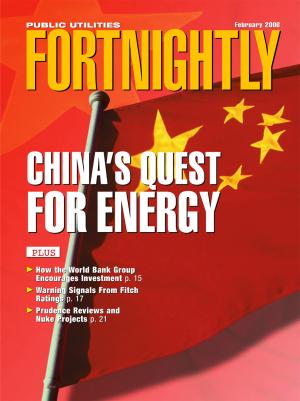Measures of generator unit performance are uncertain.
Devrim Albuz is manager, Asset Valuation, at Global Energy Advisors. Contact him at dalbuz@globalenergy.com. Hind Farag is senior market analyst at Global Energy Advisors. Contact her at hfarag@global energy.com. Mark Griffith is vice president, Asset Valuation, at Global Energy Advisors. Contact him at mgriffith@globalenergy. com.
As this article goes to press, the news is full of stories about Calpine and the difficulty merchant generation players face from the uncertainty and volatility of power markets.

With that in mind, now is a good time to review key measures of performance and profitability under uncertain conditions.
Market Heat-Rate Analysis
One method of determining the gross margin (total revenue minus cost of inputs) available to generators involves using electricity and natural-gas prices to derive the market heat rate. This is calculated by dividing the forecast electricity price by the forecast natural-gas price at the burner-tip.1 This normalizes the electricity price forecast relative to the natural-gas price forecast and allows one to observe trends in the long-term electricity price forecast that are independent of changes in natural-gas prices.
An increasing market heat rate corresponds to an increasing gross margin for gas-fired electricity producers. A rising market heat rate provides some information on the actual heat rate of the unit on the margin, but also includes the price impact of generators bidding higher than variable costs during periods of relative supply scarcity.

